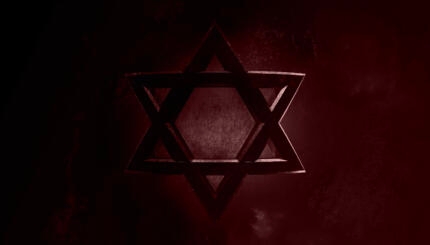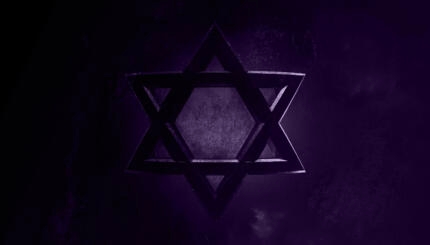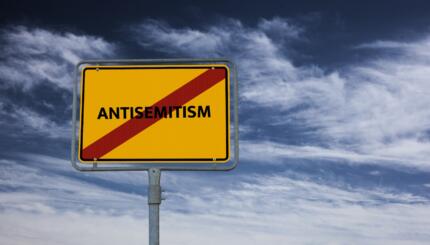is a time for celebrating the power of light to dispel darkness, so this year I’m setting aside the Maccabees of old, in favor of a thoroughly American and timely Hanukkah story.
Like the ancient tale, the story of Hanukkah in Billings, Montana 1993 bears repeating and reconsideration.
That year a group of white supremacists moved into town. It was part of a larger broader movement to make the region one that was ‘safe’ from gays, blacks, Jews, and all the other groups that did not fit into the narrow bigoted vision these racists were trying to make a reality. Not content to simply think these ideas, the white supremacists began covering Native American and African American gathering places and churches with vitriolic graffiti.
The good folk of Billings would come together to wash the sites and show solidarity with those under attack, but the general trend of hatred continued.
The turning point came when a 5-year-old Jewish boy by the name of Isaac Schnitzer displayed a drawing of a Hanukkah in his window, and a brick was thrown through into his bedroom. His mother reported the incident to the local paper and they printed a paper menorah along with an editorial requesting people of all faith to display them in their windows.
READ: Why I Light My Menorah in the Window — And You Should Too
The majority of the population of Billings, Montana was and still is white and Christian. Their personal safety was not under threat. Their humanity was not under assault. Yet they understood that there was something much bigger at stake.
Across Billings, people of all backgrounds began to display either the paper menorahs or other versions fighting against a narrow vision of their community.
There was pushback. Some churches and Christian homes had their windows broken. Signs promoting tolerance were shot at. But in the end, the violence abated and the general attacks ceased.
While both the ancient Hanukkah story and that of Montana 1993, share the theme of light triumphing over darkness, I’m unwilling to give into the temptation to call the people of Montana ‘modern day Maccabees.’
The strength of the Maccabee story comes in no small part from the idea that the few can defeat the many or in some tellings that traditional Judaism can defeat assimilation. Neither of these approaches truly reflects the miracle of Montana.
The power what happened in Montana was that Jews did not strike out their own but came together with others. Light increased because the plight of the few was shared and taken on by the many.
Today, as in 1993, we are faced with the threat of white supremacists who are hard at work defiling real and virtual spaces with graffiti and policies that are similarly meant to make the United States a narrow and intolerant place.
Americans, together, like the people of Billings, have the power to fight against this narrow and hateful vision of the United States. Even as hate crimes increase, we should not assume that those who are not like us are filled with animosity. We need to reach out and form coalitions.
And Jews need to act for ourselves as well as for others. Just as white Christians came to the aid of their Native American, black and Jewish neighbors, Jews cannot retreat from the hatred and anger even if it is not targeted directly at Jews.
In the United States today, there is a broad bigger picture game at play, one that is American at its core, bigger than the eight days of this Jewish holiday. But the beauty of the Hanukkah holiday is that it grabs our attention and reminds us to tell stories and to consider our values and commitments.
So this Hanukkah I’ll be telling the story of Billings, whenever I have the chance. Reminding myself to commit to action and hoping to inspire others.
Of course I’ll light a menorah, eat some latkes and play some dreidel too, but I’m going to add another ritual. I’ll be wearing safety pins on my clothing, adding one for each day of the eight-day holiday.
The safety pins have come to represent resistance to hate. Though some people see them as hokey or dismiss them as absurd, I connect the idea of wearing a symbolic protest with the paper menorahs that the folks of Billings placed in their windows. It is a sign of my hope to reach out across boundaries and groups and collectively, like they did in Montana, use the light of Hanukkah to chase away the darkness.



